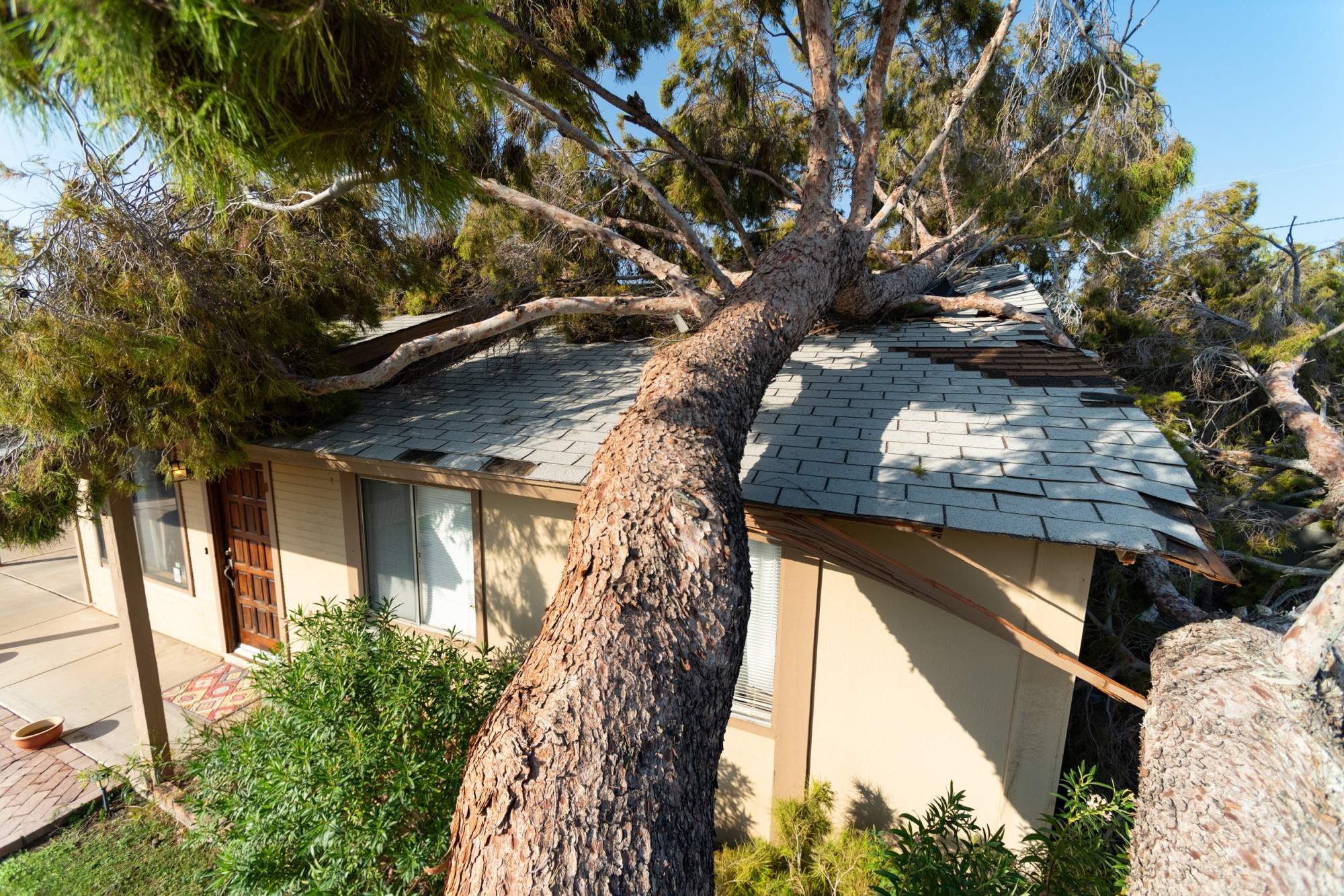Do you know what to do after a storm hits?
During a storm, your first priority is to stay safe. But after the wind and rain stop, you need to check out the damage and secure your home. If you aren’t used to storms, you may not know what to look for.
Read on to learn five top tips for disaster repair and how to fix your home after a storm.
1. Check Your Roof For Wind
High-speed winds can knock down trees, damage roofs, and break windows. If it blows off your roof shingles, it’ll expose the roof deck or underlayment to the elements. It’ll leave your home is now vulnerable to water damage.
After heavy winds, check the outside of your home for the following:
- Missing roof tiles or shingles
- Cracks, or damage to shingles or tiles
- Debris build-up in gutters
- Damage to roof supports
- Tears or buckling in the flashing
- Missing or dented gutter sections
2. Check for Rain Damage
Leaving water damaged and leaks untreated can cause mold. It can also compromise the foundation and structure of your home. To check for signs of water damage after a storm, look for these things:
- Ceilings: water spots, and brown, copper or yellow patches
- Walls: peeling, bubbling wallpaper or paint, and any cracks
- Attic, basement, crawlspace: mold, leaks or wood rot and musty smells
- Floors: gaps or curled floorboards, sagging, soft, wet wood, expanded wood or laminate
- Windows: Moisture and fog build up between the panes of glass
3. Check Utilities
Storms can also cause damage to your utility. A burst gas pipe inside the home is dangerous. It could cause a toxic build-up that is harmful to breathe in. Or it could make the very air inside your home flammable and explosive.
It’s so dangerous, you could lose your home and all your belongings, or worse, your life. If you smell gas or think you have a leak turn off your home’s gas valve straight away.
4. Secure the Exterior
If possible, bring someone with you to check the yard and house’s exterior for safety. Take a look at your sidings, door and window frames, and foundations. Make sure to wear protective clothing, like electrical hazard boots.
Check around your property for standing water, but be careful. It could be hiding harmful debris and trip hazards. Downed power lines could also give it an electrical charge. If you see this, call the utility company straight away.
You’ll also want to fix your electric gate to ensure your property is secure.
5. Deal with Water Ingress
Damaged doors, windows, and roofs can lead to water ingress. Or, you might have experienced flooding and in that case, you might have to let the professionals at mill creek plumbing handle your emergency plumbing issues. Either way, you need to deal with it ASAP.
The first thing you should do is to open all doors and windows to air your house out. Fans will help circulate air and dry any wet areas and best work when near the doors and windows.
Throw away anything that won’t be quick to dry (like mattresses, carpets, pillows, etc.). Clean remaining wet items and surfaces with hot water and laundry detergent.
Disaster Repair After a Storm
So there you have it. After a storm, these are the top disaster repair tips you should follow to get back up and running as quickly as possible. Remember, even after a storm passes there may still be dangers, so above all remain safe.
If you enjoyed this article, you’re in luck! We have lots of other valuable tips for homeowners. Take a look at a few more of our blog posts now!



